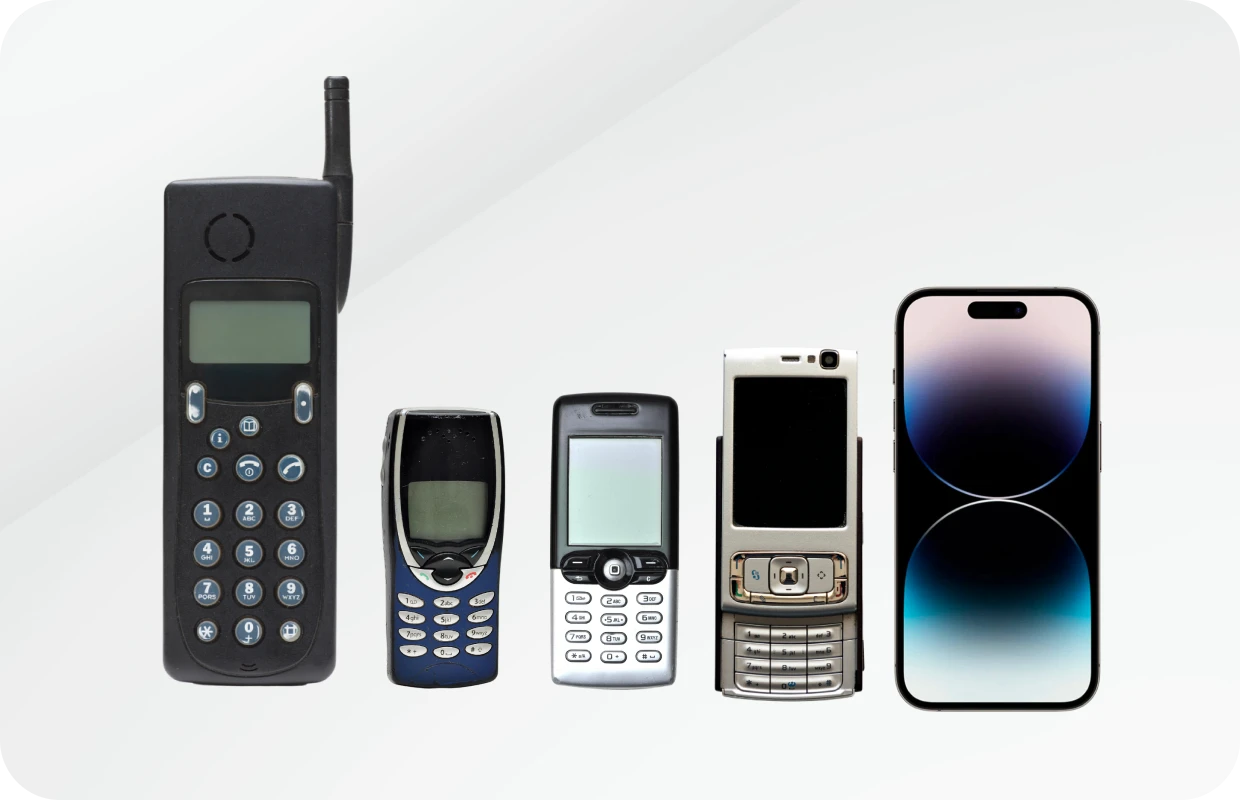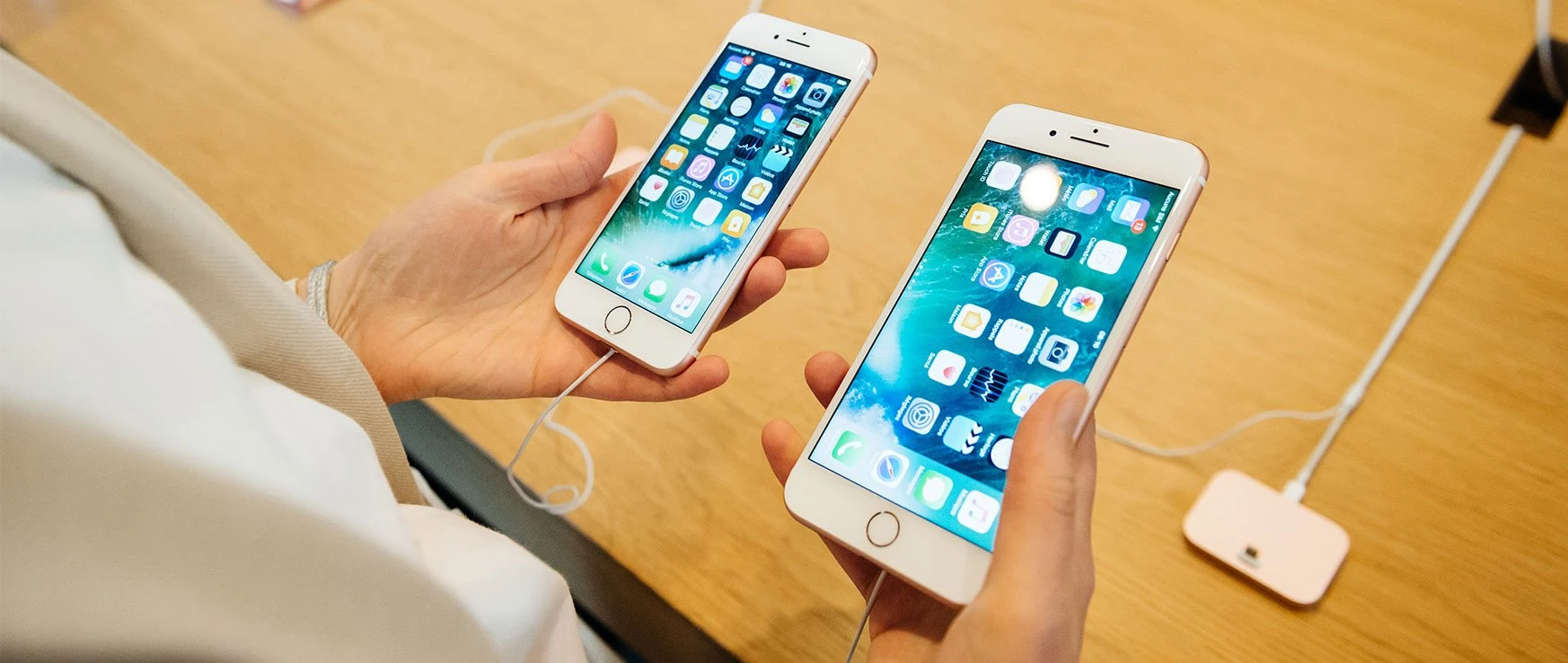From Brick to Pocket: A Journey through the Evolution of Cell Phones.

The cell phone has come a long way since it was introduced in 1973. Initially, they were bulky and expensive, but today they are ubiquitous, sleek, and offer many features. Let's look at the evolution of cell phones from their inception to their current state.
1. First Generation (1G) Cell Phones The first cell phones were introduced in the 1970s with limited functionality. They could only make voice calls and were expensive, making them inaccessible to most people. In the 1980s, the first commercially available 1G cell phones were introduced. These phones used analog technology.
2. Second Generation (2G) Cell Phones The 2G cell phone era began in the early 1990s and brought significant advancements in cell phone technology. The introduction of digital networks allowed for improved call quality and more reliable connections. 2G cell phones were also much smaller and lighter than their predecessors, making them more portable and accessible to a broader range of people. In addition, manufacturers experimented with additional features like texting, voicemail, and primary internet access during this period.
3. Third Generation (3G) Cell Phones The 3G cell phone era began in the early 2000s and marked a significant shift in cell phone technology. These phones could have faster data speeds and allow for more advanced features like video calling and mobile internet browsing. 3G cell phones also had better battery life and could support more advanced applications like GPS and multimedia messaging.
4. Fourth Generation (4G) Cell Phones The 4G cell phone era began in the late 2000s and was characterized by significant advancements in mobile data speeds. These phones were capable of faster download and upload speeds, which allowed for more seamless video streaming and improved online gaming experiences. 4G cell phones also had better battery life than their predecessors and supported more advanced applications like virtual and augmented reality.
5. Fifth Generation (5G) Cell Phones The 5G cell phone era is underway and represents the next major step in cell phone technology. 5G cell phones can speed faster than 4G phones, offering improved network reliability and reduced latency. In addition, users can expect faster download and upload speeds, improved video streaming quality, and more seamless online gaming experiences. 5G cell phones are also expected to support many new applications, including autonomous vehicles and remote healthcare services.
In conclusion, the evolution of cell phones has been marked by significant advancements in technology that have led to more reliable connections, faster data speeds, and improved functionality. While early cell phones were bulky and expensive, modern cell phones are sleek and offer a wide range of once-unimaginable features. As we move into the 5G era, it will be exciting to see what innovations and advancements the future holds for cell phone technology.



